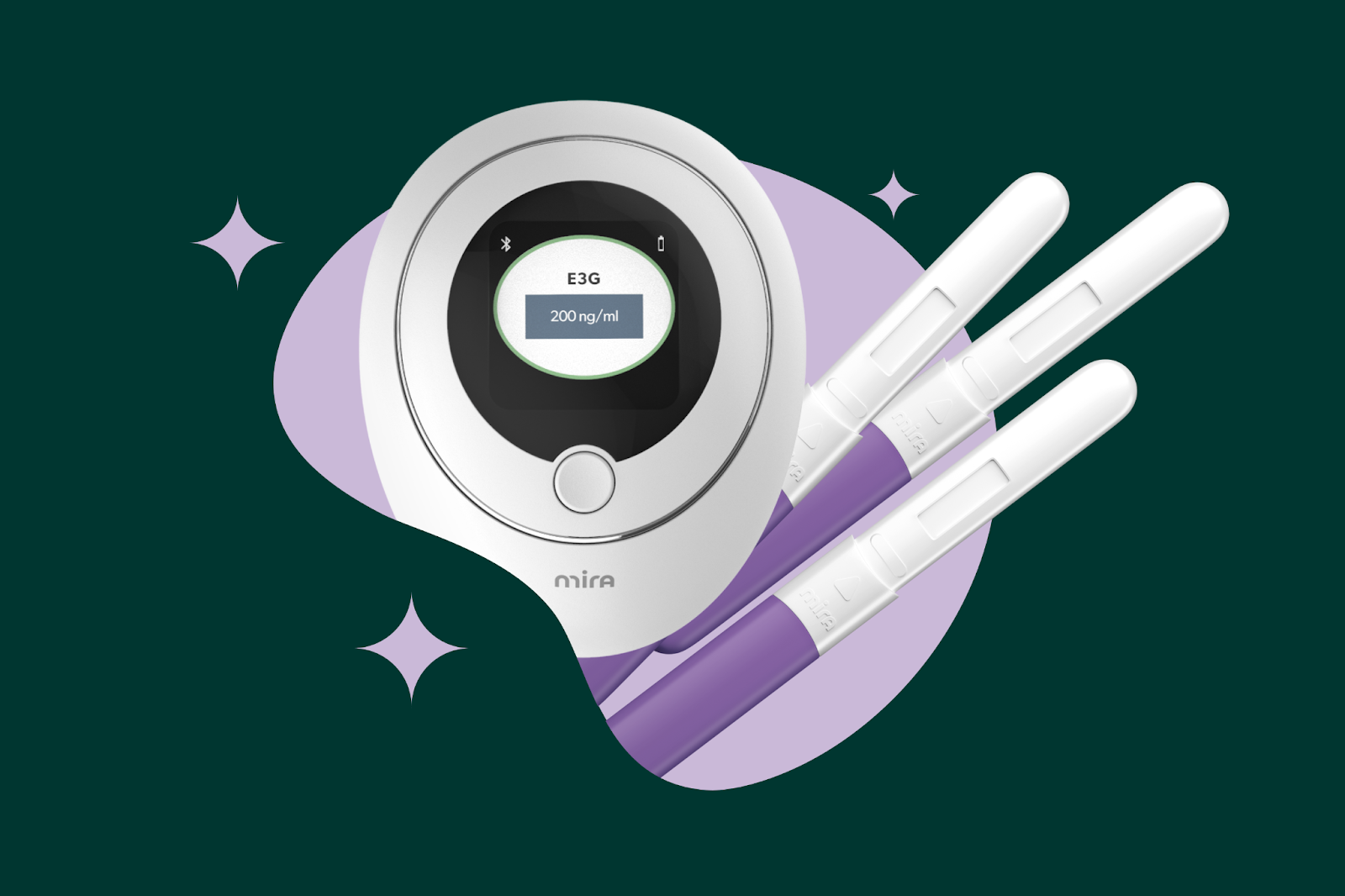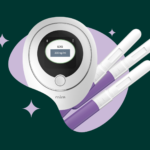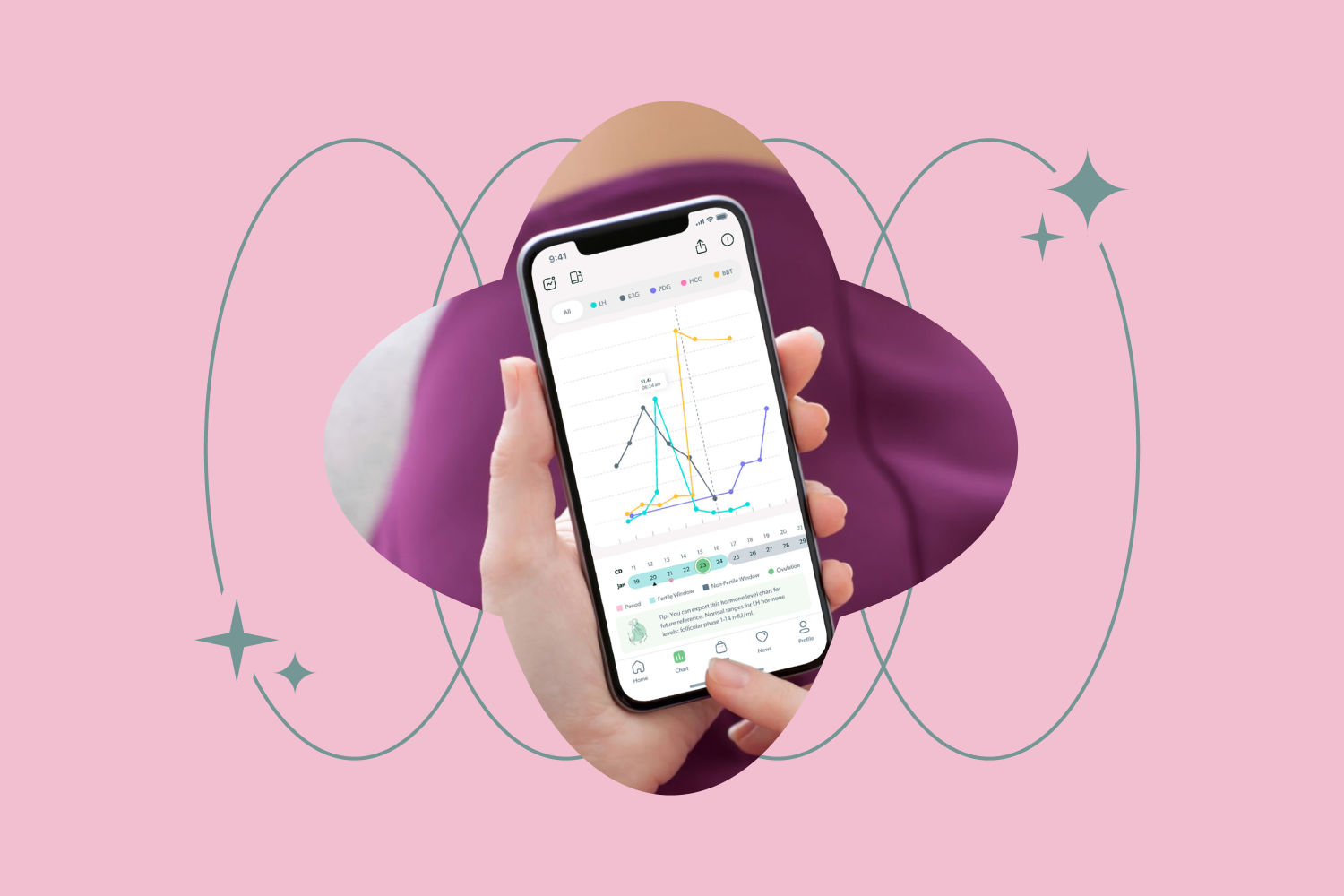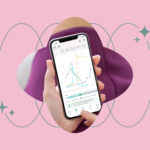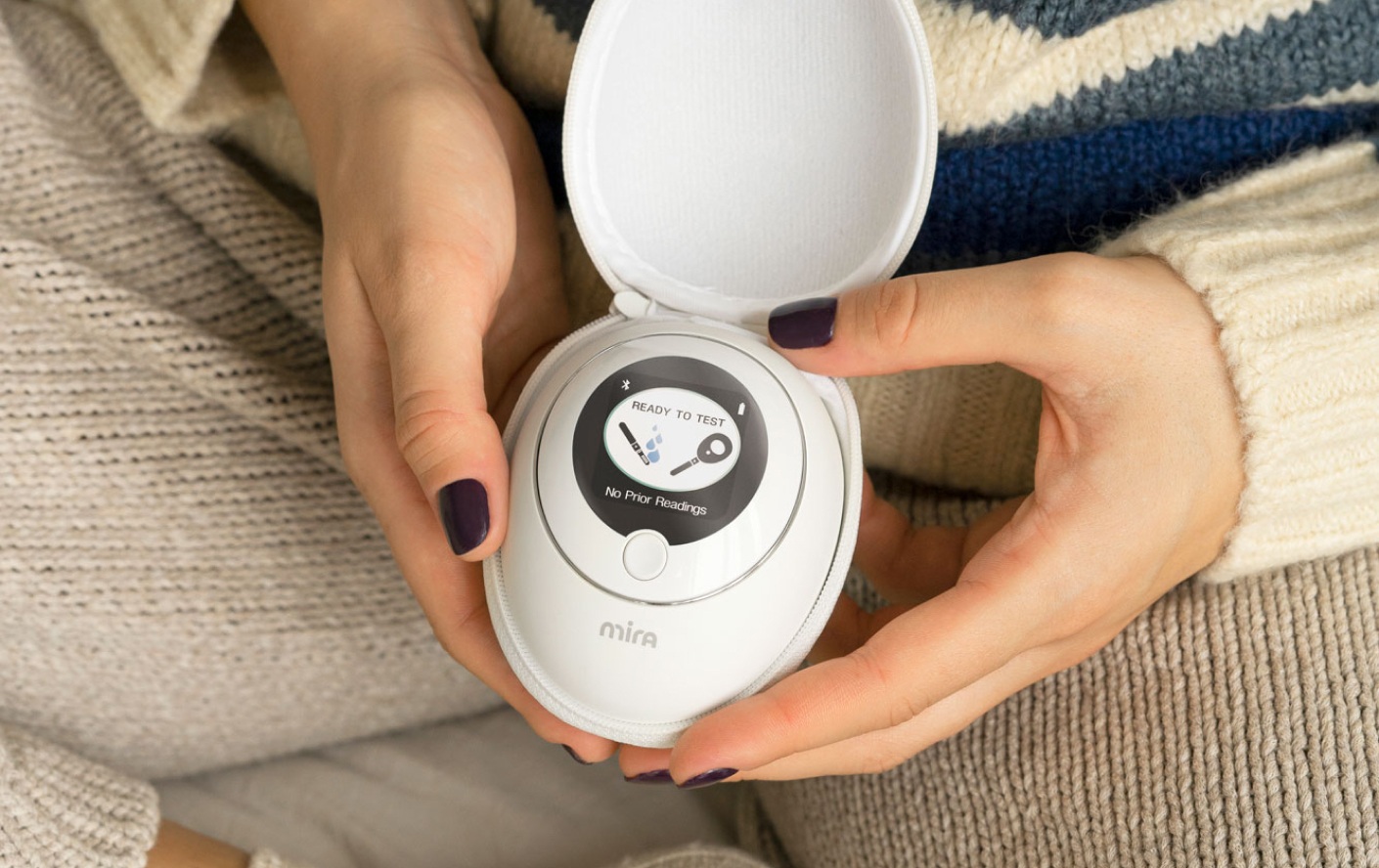Should You Use an Ovulation Calculator?
Eager to get pregnant? The trying to conceive (TTC) journey can be frustrating with lots of emotion, hope, and disappointment. And, with so many tools and trackers on the market that you’ve tried, it can be upsetting or overwhelming that you’ve put so much effort and time into “trying” that it’s disheartening that you haven’t gotten pregnant yet. This can lead you to wonder if you should keep using an ovulation calculator or forgo the stress of tracking?

Understanding ovulation plays a vital role when you and your partner want to get pregnant. Plus, knowing when you’re ovulating helps to increase your chances of getting pregnant. Using an ovulation calculator enables you to figure out when you’re most fertile and helps you estimate the best days and times you’re most likely to conceive.
While you may use an ovulation calculator for only one reason: to see when you’re most fertile to conceive, there are other reasons to consider using an ovulation calculator.
Understanding Your Body
Menstrual periods vary from woman to woman and month to month. Some women are regular every 28 to 35 days while others may have an irregular period. Using an ovulation calculator can help you understand your body and identify any factors that contribute to an irregular period.
If your periods are regular (note: a regular period may not mean regular ovulation), then using a tracker will help you understand when you should be ovulating—if ovulation actually occurs—when you’re most likely to get pregnant, and when you can expect your next period to start.
If your periods are not regular then using a tracker can help you first and foremost track your periods. It can also help you, and your doctor identify any health concerns.
If you have period pain or bleeding that causes you to miss school or work, then a tracker can help you stay on top of your period symptoms and help you and your doctor find treatments that work for you.
Don’t Want Hormonal Birth Control
For some women, they don’t want to put artificial hormones into their body so they use an ovulation tracker as a form of “natural birth control.” They look at the ovulation calculator to learn about their bodies, understand their hormone levels, and predict infertile days. Couples then avoid sex when the calculator predicts their fertile window. Note: Experts suggest using a condom as well to avoid pregnancy if you don’t want to take birth control.
Takes the Guesswork Out Of the Best Time for Sex
Life can be busy. Between balancing work, family, friends and anything else that life seems to throw your way, things can get quite exhausting. Sometimes, men and women find themselves too tired to have sex. Using an ovulation calculator can help couples stay on top of their fertility, saving the energy they need to make their physical intimacy time more special.
Having a hard time tracking ovulation? Mira takes the guesswork out by measuring your actual fertility hormone concentrations! Sign up today for exclusive Mira content and discounts!
Sign up Now
Getting Pregnant
While an ovulation calculator can help you discover the best window to conceive, it doesn’t measure your actual fertility hormone changes, so there’s no adaptation to the variability of a cycle. A calculator can’t tell you when your exact ovulation date and time is going to be.
As every woman and cycle vary, it’s easy to miss your peak fertility—given there’s only a 1- to 2-day window per cycle, according to studies. Tracking fertility hormones with the Mira Fertility tracker allows you to see your changing hormone patterns for a more accurate ovulation prediction, which can help you conceive.
In addition to tracking your hormone levels, here are some natural signs that can help know when you’re ovulating, according to womenshealth.gov.
- Sore breasts
- Higher temperature
- Thin mucus
- Spotting
- Abdominal pain
Remember that each situation is different. While it may take someone a few months to conceive, it may take others years. Speak with your doctor during your TTC journey to understand your body and identify any issues.
The contents of this blog were independently prepared, and are for informational purposes only. The opinions expressed herein are those of the author and are not necessarily indicative of the views of any other party. Individual results may vary.
Sources
Mira’s Editorial Process
All content produced by Mira meets stringent editorial standards, ensuring excellence and accuracy in language and medical precision. Every piece undergoes thorough fact-checking and review by qualified professionals. Check out our full editorial process to learn more.




